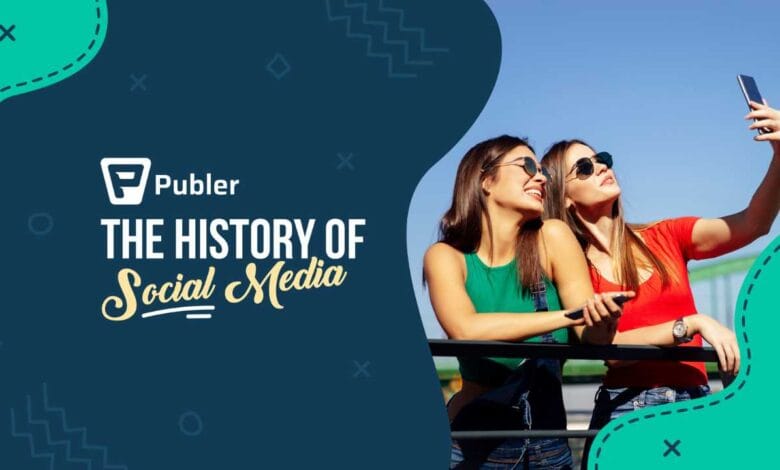
What Was the First Social Media Platform That Changed Online Communication Forever
Although the internet has undergone numerous changes, the emergence of social media has been one of the most significant. The way we connect, share, and communicate has changed as a result of these platforms. However, which social media site was the first to permanently alter online communication?
The foundation for the social networks we use today was established by a lesser-known pioneer before TikTok, Instagram, Facebook, or even MySpace. We must first examine the beginnings in order to fully appreciate how far we have come.
A Quick Look at Early Platforms That Paved the Way

Even in digital spaces in the early days of the internet, people yearned for connection. Different approaches to facilitating online interaction were tested by developers and tech enthusiasts. In the end, a whole new genre—social media—arose.
Some of the earliest platforms and their features are contrasted in the following table:
| Platform Name | Launched Year | Main Features | Significance |
| Six Degrees | 1997 | Profiles, Friends List, Messaging | First recognized social media platform |
| Friendster | 2002 | Friend network, profiles | Popularized social circles online |
| MySpace | 2003 | Custom profiles, Music sharing | Brought social media to mainstream users |
| 2004 | Real identity use, networks | Redefined social connectivity globally | |
| 2003 | Professional networking | Focused on business and career growth |
Most people agree that Six Degrees was the first real social media platform. It debuted before the term “social networking” was even widely used.
Why Was Six Degrees So Revolutionary?
Six Degrees, which Andrew Weinreich founded in 1997, let users make a personal profile, add friends, and communicate with them. This was revolutionary at the time. The “six degrees of separation” theory, which holds that all people are six or fewer social connections apart, served as the basis for the name itself.
There were chat rooms and online forums back then, but they weren’t private. By connecting digital interaction to a user’s actual identity and relationships, Six Degrees changed that. This was a huge change that would eventually affect all subsequent social media platforms.
How Six Degrees Shaped Future Platforms
Six Degrees added more than a few new features. It presented a fresh perspective on the internet, viewing it as a place where actual people can create actual networks rather than as a place for anonymous communication. Despite closing in 2001 because of financial difficulties, its legacy persisted.
Six Degrees was the first to introduce many features that we now consider commonplace, such as user profiles, private messaging, and a friends list. Developers of later platforms, particularly Friendster and MySpace, were influenced by its structure.
The Rise of Friendster and MySpace
Friendster watered the seeds while Six Degrees planted them. It adopted a more sophisticated approach to social networking when it was introduced in 2002. Friendster introduced a cleaner interface, faster connections, and more seamless communication.
Then came MySpace, which gained enormous popularity because of its music-sharing capabilities and customizable layouts. In the early 2000s, MySpace was the most popular social media site before Facebook overtook it, especially among bands and teenagers.
Facebook’s Entry Changed the Game Forever
Facebook started out as a Harvard-only platform in 2004 but soon grew. What made it unique? Facebook prioritized authentic identities and networks according to regions, workplaces, and educational institutions. This improved engagement as well as trust.
Facebook refined the social network, not created it. However, it might not have existed in its current form if Six Degrees hadn’t been in place.
So, What Was the First Social Media Platform That Changed Online Communication Forever?
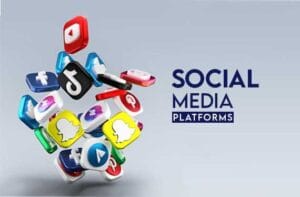
Six Degrees is the obvious response. Even though it didn’t last, it did establish the foundation. It demonstrated that personal networks and digital identities could coexist in the same area. It was social media in its most basic form, not just a messaging app or a bulletin board.
For this reason, many people consider Six Degrees to be the first platform that genuinely transformed online communication.
Impact on How We Communicate Today
Today, social media serves more purposes than merely keeping in touch. It is: A marketing tool
- An arena for politics
- An influencer in mental health
- A news outlet
- A platform for entertainment
Six Degrees introduced a straightforward concept that led to these changes: our digital lives ought to mirror our real-world ones.
Conclusion
Therefore, Six Degrees is the clear choice when asked which social media platform was the first to permanently alter online communication. Despite its brief existence, it paved the way for everything that came after it. The innovation that Six Degrees dared to try more than 20 years ago is echoed in every “like,” friend request, and post made today.
This humble beginning laid the foundation for the social media landscape that is now extensive, intricate, and ever-changing. And that initial step was crucial in the online connection story.
FAQs
Q1: What was the original social media platform called?
A: Six Degrees, which debuted in 1997, was the first well-known social media site.
Q2: What made Six Degrees the original real social media site?
A: Because it was the first to integrate messaging, friend connections, and user profiles—all essential elements of contemporary social media.
Q3: Six Degrees: What happened to it?
A: It shut down in 2001 because of funding problems and low user adoption, but it left a lasting legacy for platforms that came after.
Q4: What impact did Six Degrees have on Facebook?
A: Facebook improved Six Degrees’ fundamental features, such as friend networks and profiles, by implementing scalable design and real-name policies.
Q5: Did Friendster launch before Facebook?
A: Indeed, the launch of Friendster in 2002 paved the way for websites such as Facebook and MySpace.
Q6: Are any of these early platforms still in use today?
A: The majority are no longer in use, including Friendster and Six Degrees. LinkedIn is still active, concentrating on professionals.
Q7: Why was MySpace more well-known than Facebook?
A: Bands and other creative users found MySpace’s deep customization, music sharing, and blogging features particularly appealing.

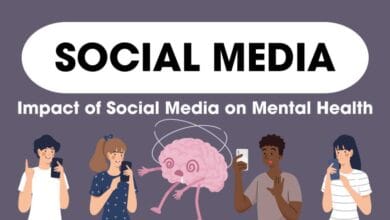
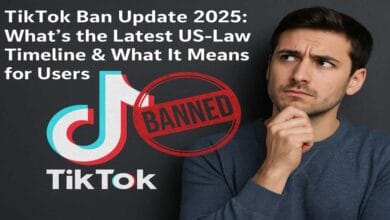
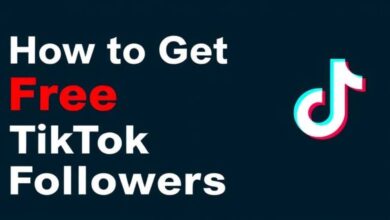

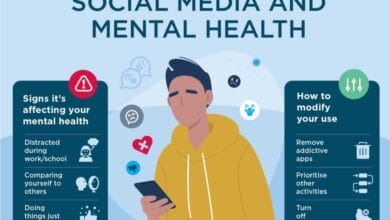
3 Comments